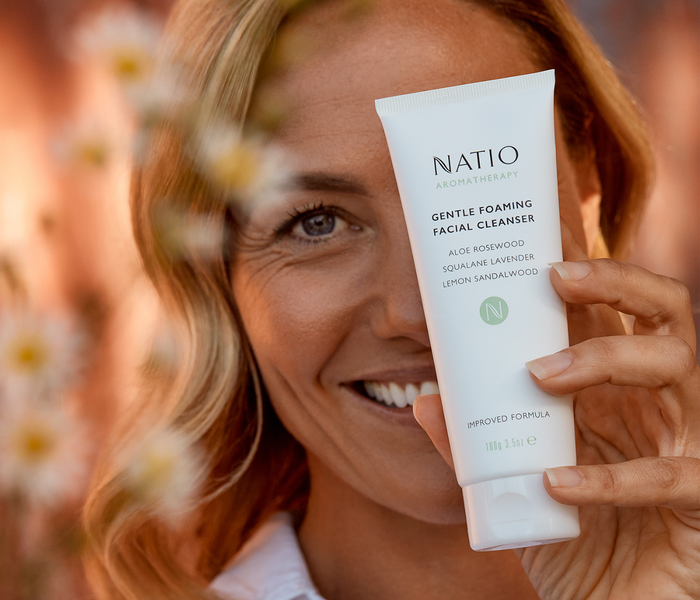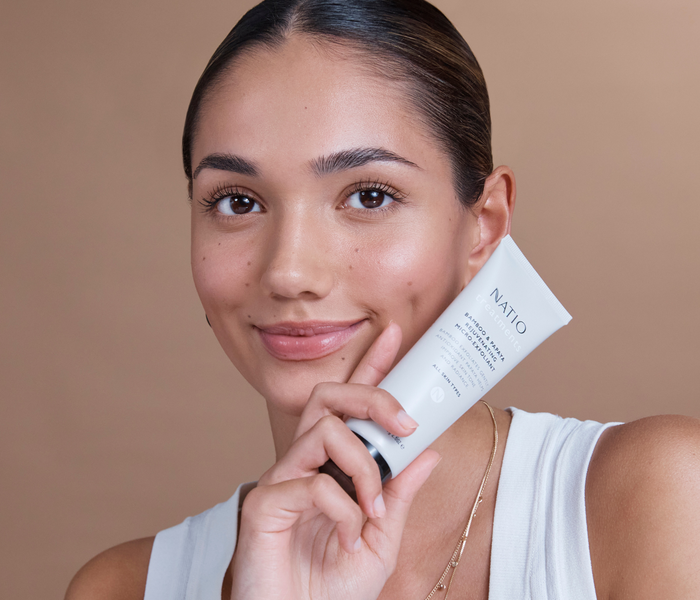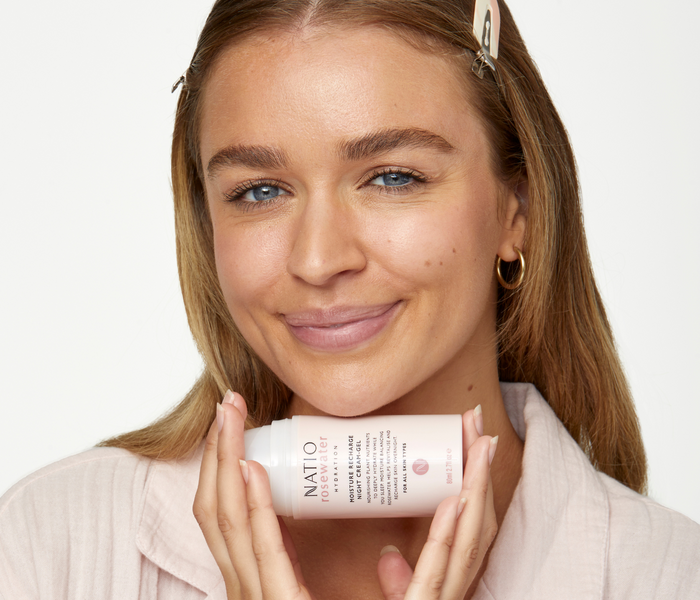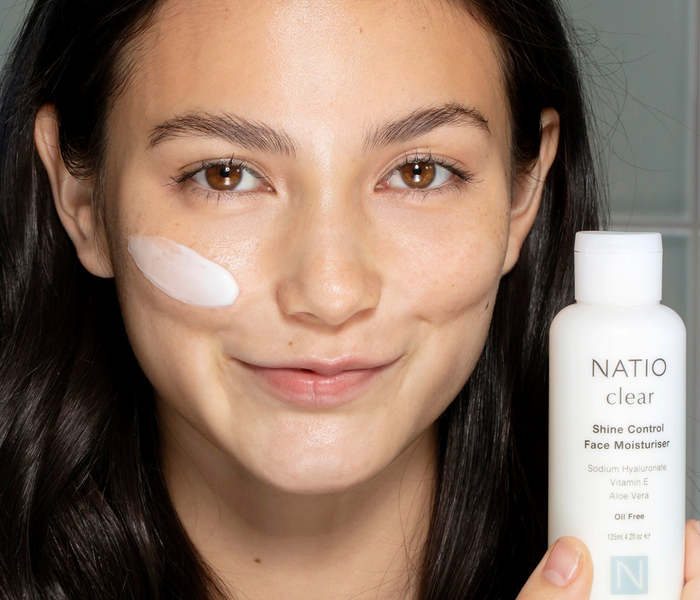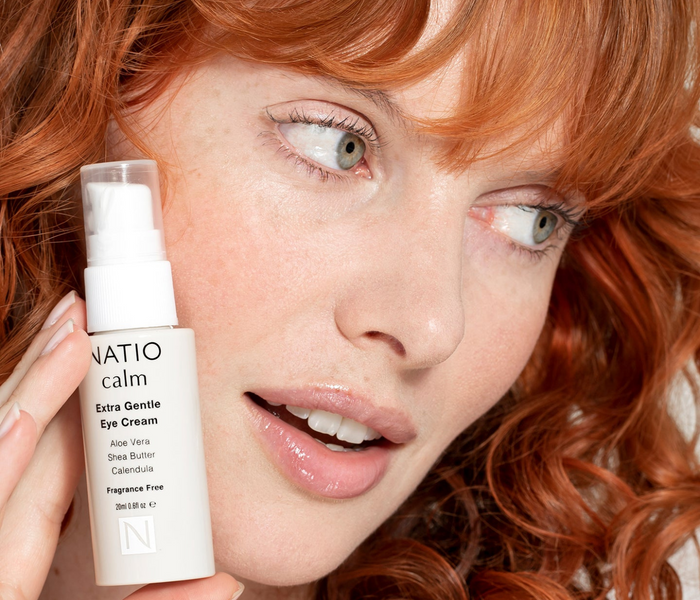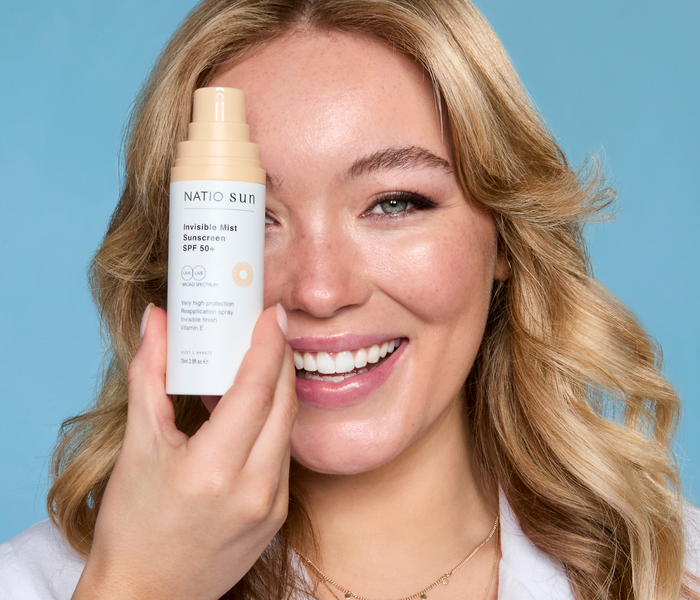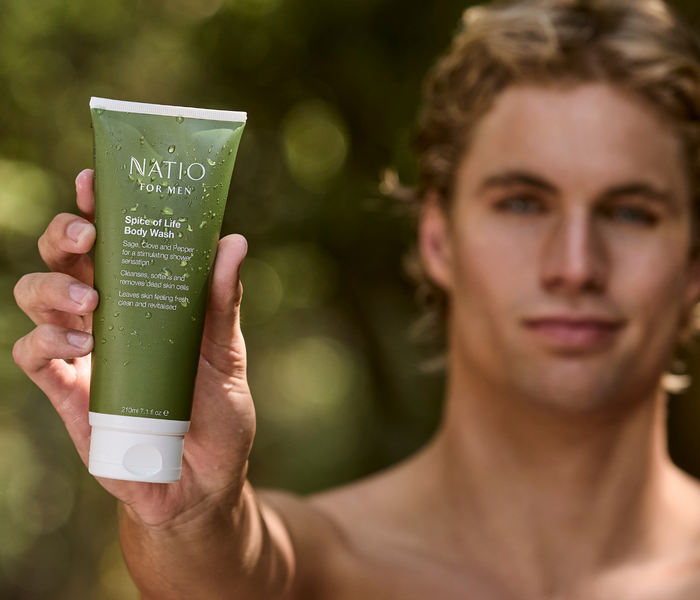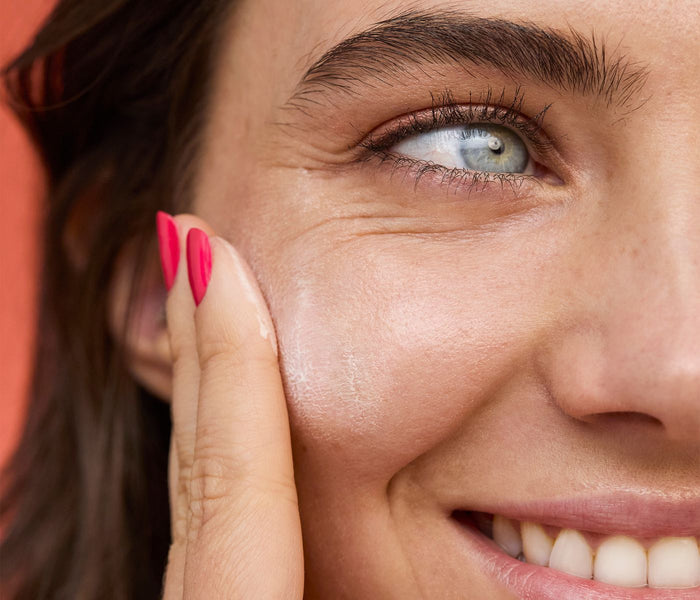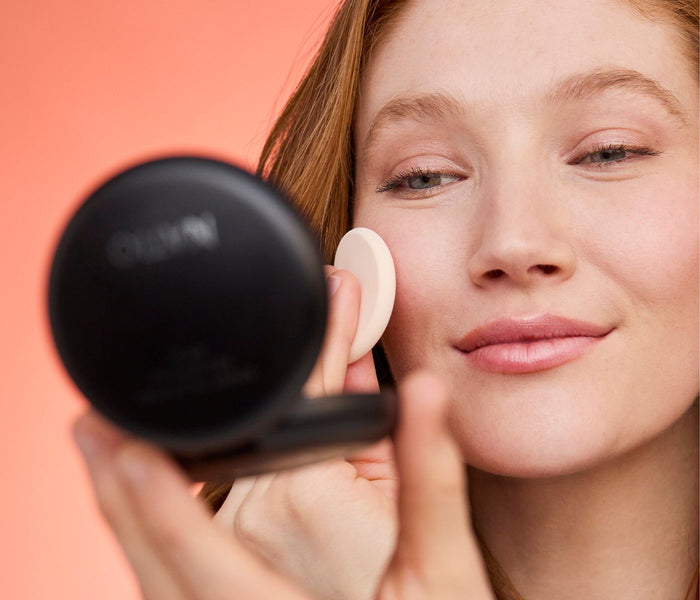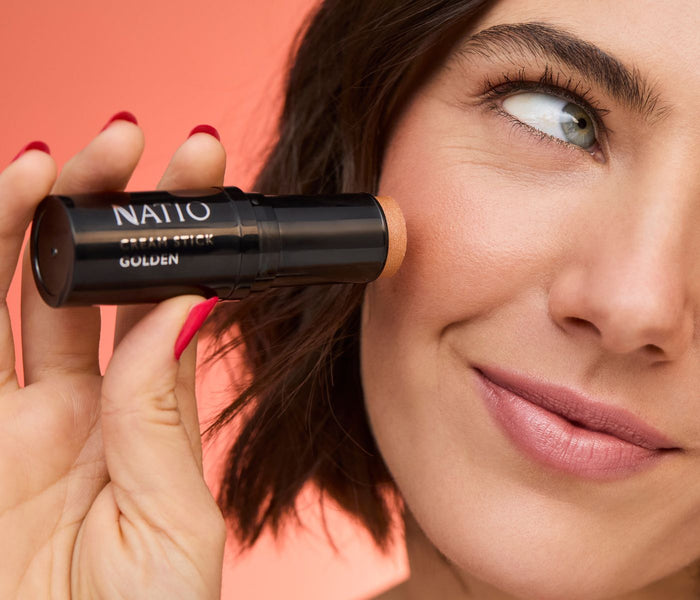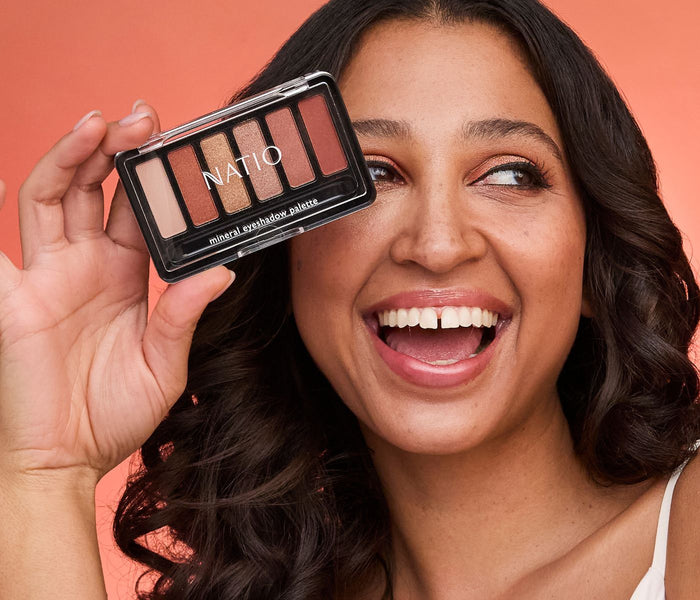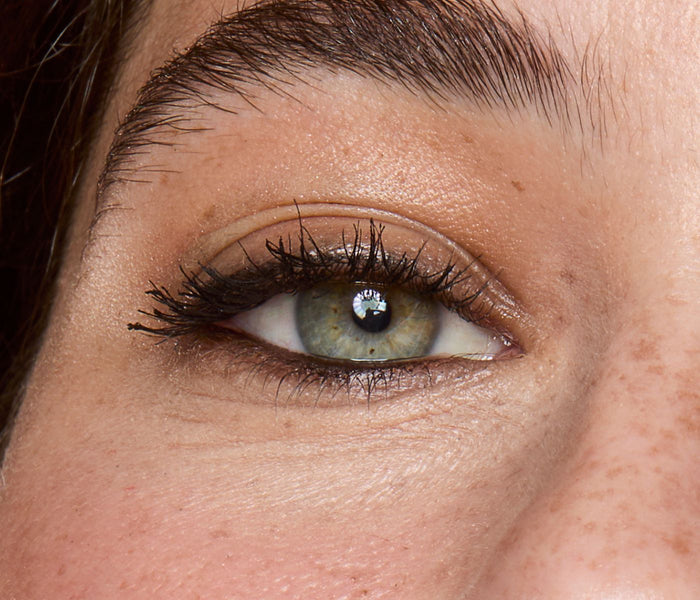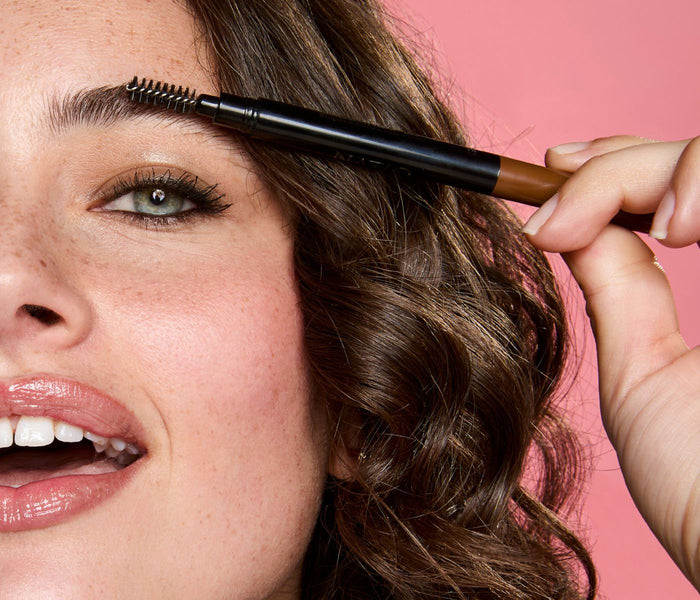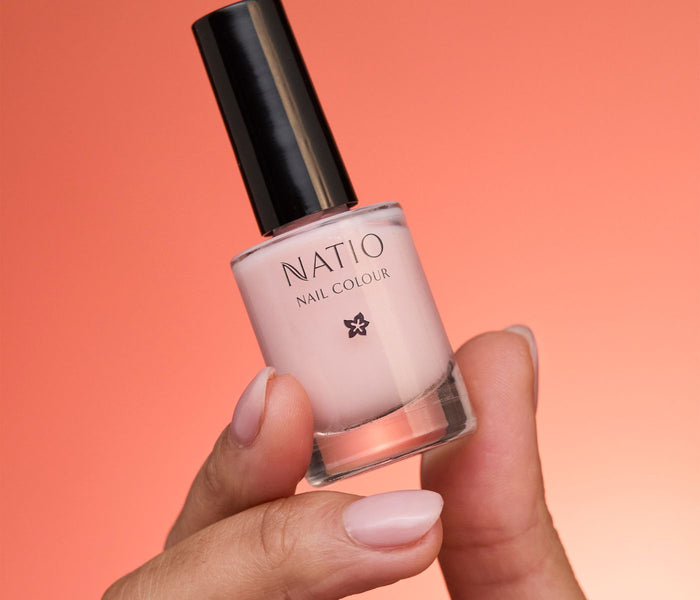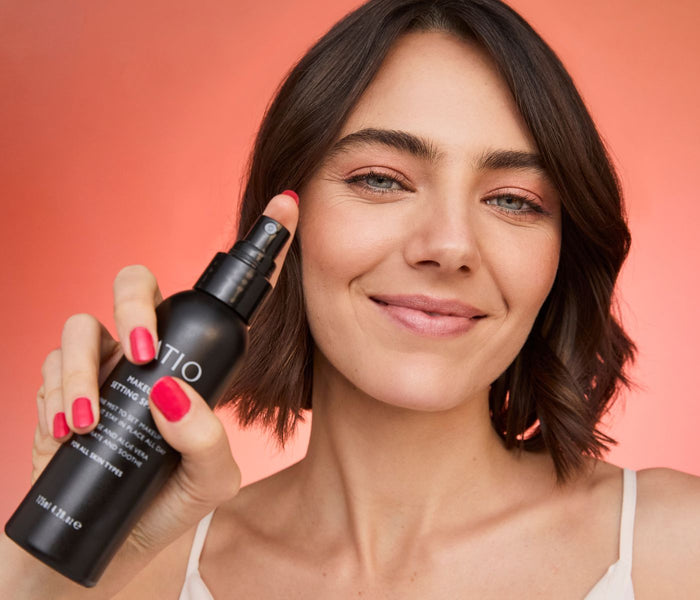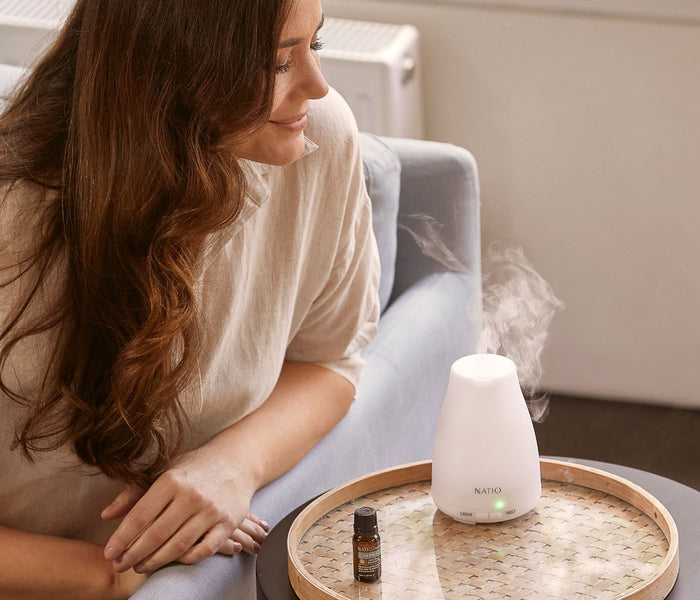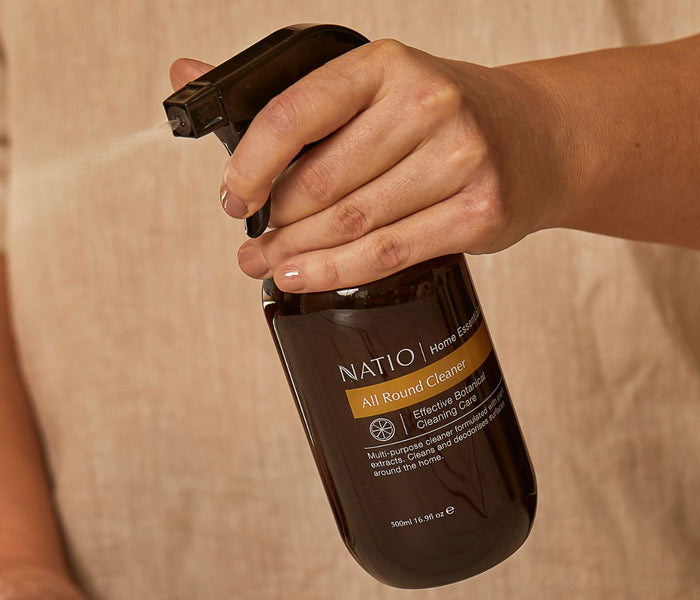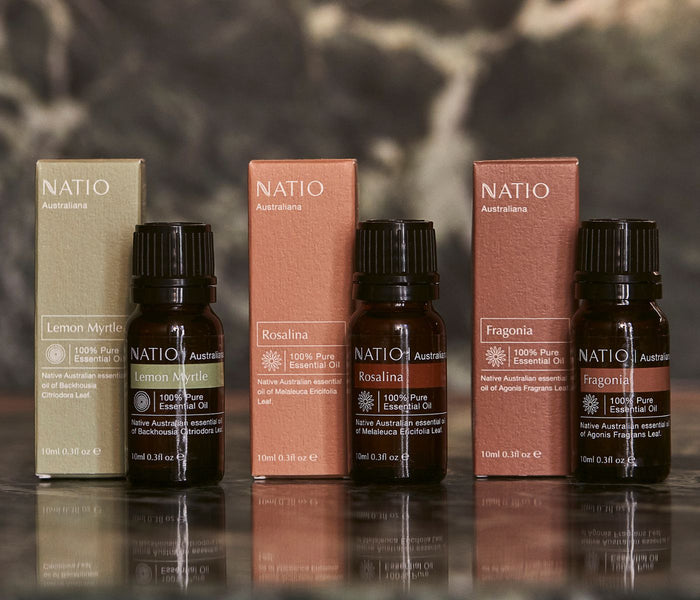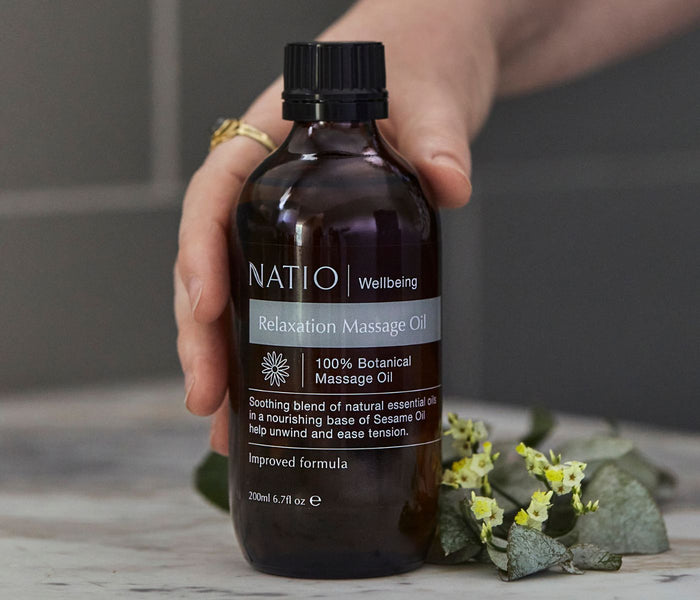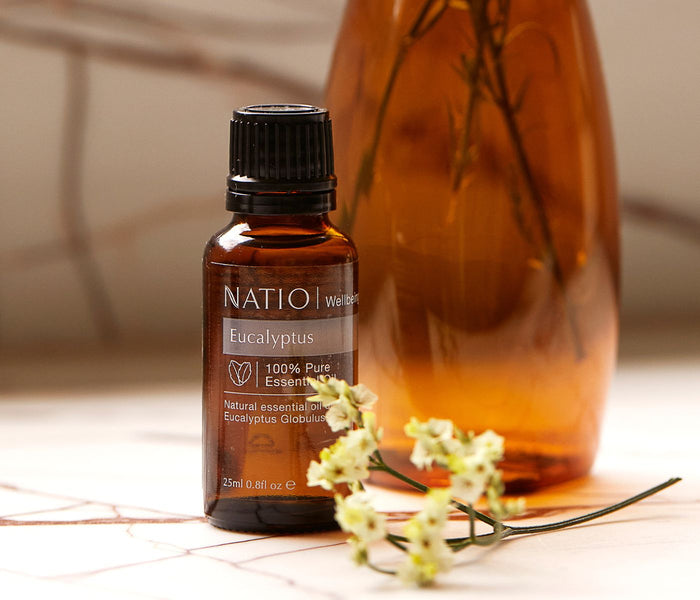

Celebrating International Lipstick Day: The history of a beauty icon
Is there a beauty trend more enduring than the bold red lip? Styles may come and go, but nothing has stood the test of time like a satin rouge, spanning centuries of cultural touchpoints, from signifying wealth and power to affirming political stances. In celebration of International Lipstick Day, let’s explore the journey of this beauty essential, from ancient rituals long before Natio started selling Crimson Lip Colour in Australia.

There is debate about lipstick's inventor, as it has existed in various forms across different cultures for millennia. Early forms of lip colour have been discovered in various ancient cultures.
One of the earliest known examples dates back to 2600-2500 BC in Ancient Mesopotamia. Queen Shub-ad (or Pu-Abi) of Ur adorned her lips with a crimson hue created from crushed red rocks and white lead, believed to symbolise fertility.
Around 2000 BC lipsticks travelled to Ancient Egypt, where the colour evolved as a status symbol. Lip colour was made from red ochre mixed with resin or gum to increase its longevity. Queen Cleopatra had custom lipstick colours made for her using Carmine, a deeply pigmented shade from crushed carmine bugs. The pursuit of beauty often came at a dangerous cost, leading to severe health consequences for those who wore these early lipsticks. Ingredients included a dye taken from seaweed containing two toxic metals. When combined, these materials created a rich purple shade, which would later be called “the Kiss of Death.” Many people who wore the shade died due to the levels of the poisonous substances ingested.
Roman women also embraced lip colour as a sign of affluence, but their formulations were equally perilous, containing substances like iron ore and fucus plants.
A Controversial Cosmetic
Lipstick hasn’t always been a sign of wealth or power. In Middle Ages England, for instance, women who wore makeup were believed to be associated with the devil. Prior to this, lip colour in Ancient Greece was frowned upon, associated with courtesans.
In 1700s England, Parliament passed laws that prohibited women from altering their appearance, which could be used as grounds for being tried for witchcraft.

Lipstick has continued to be used as a sign of rebellion, long beyond the burning of witches at the stake. In 1912, red lipstick became a signifier of women’s emancipation, with Suffragettes opting to don a bold lip when marching in protest for the right to vote.
Innovations in packaging also propelled lipstick's popularity. In 1915 the levy tube was invented by Maurice Levy, offering a small metal cannister which uses a lever to lower and raise the bullet of lipstick formula. The first swivel tube was patented in Nashville Tennessee by James Bruce Mason Jr. In the 20s, French chemist Paul Baudercroux created the “Rouge Baiser” lip colour, which was marketed as a “kiss proof” cosmetic. The product was later banned as consumers struggled to remove the colour without causing serious damage to the skin. In 1950, American Chemist Hazel Bishop patented the first successful non-smearing lipstick. The Hecht Company took it to market with the slogan “stays on you, not him.”
Lipstick today
At Natio, we honour this rich history by crafting lipsticks inspired by nature, combining tradition with innovation.
Our founder, Max draws from over 100 years of cosmetics manufacturing experience within his family, spanning three generations. At Natio we are proud to draw on these learnings – as well as centuries of trial and error – to provide our loyal customers with the best in natural, quality lip colour. It’s part of why we have been named #1 for Customer Satisfaction in the 2024 Canstar Blue makeup and cosmetics review.
Sources
A Jackson, 2022, JASTOR Daily, Lipstick’s Complex History
B Banchonhraska, 2017, Innovation and Development of Lipsticks
I Carter, 2021, The Red Menace: How Lipstick Changed the Face of American History




















